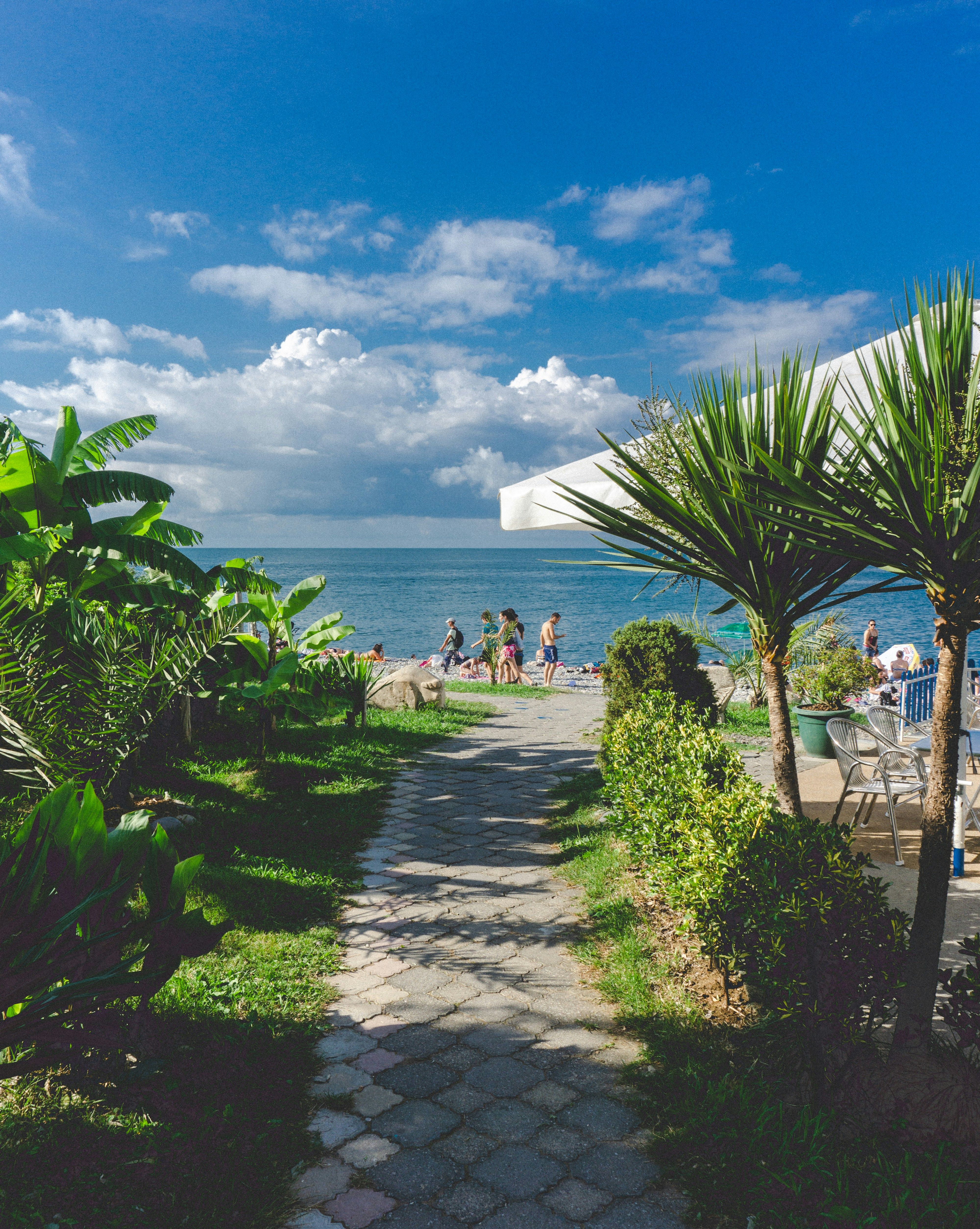Low-maintenance tapestry lawns are the most appealing option to draw an array of pollinators towards your garden.
Introducing the Tapestry Lawn: A Sustainable and Low-Maintenance Alternative to Traditional Grass
In the quest for a lush and beautiful lawn, homeowners have long relied on traditional grass varieties. However, with increasing environmental concerns and the desire for a less time-consuming outdoor space, a new trend has emerged: the tapestry lawn.
Comprised of wild grasses, herbs, wildflowers, and other low-growing plants, a tapestry lawn resembles a living quilt, offering a vibrant, textured ground cover that not only adds charm to the garden but also supports biodiversity and attracts beneficial pollinators, such as bees and butterflies.
Tapestry lawns offer several advantages over traditional lawns. They require less frequent mowing and, when the right species are selected, less frequent watering as well. Although maintaining a tapestry lawn does require some initial effort, including consistent watering and careful plant selection, its low maintenance in the long term makes it an attractive option for environmentally-conscious homeowners.
Understanding the Basics of a Tapestry Lawn
Unlike traditional lawns that rely on a specific combination of plants to achieve a uniform look, a tapestry lawn can be tailored to an individual lawn and its environmental needs.
"A tapestry lawn is a low-lying planting design made up of several groundcover plant species that boast some degree of walkability," explains Kevin Lenhart, design director at Yardzen. "These species typically tolerate occasional mowing but do not require the weekly care that traditional lawns require."
By carefully choosing plants with similar water requirements and opting for low-water species, it is possible to create a tapestry lawn that is not only beautiful but also more environmentally responsible.
Choosing the Right Plants and Climate
The choice of plants for a tapestry lawn depends on the USDA zone in which it will be grown. In moderate climates, hardy and easy-care choices include creeping thyme, Irish moss, and various sedum, carex, clover, and wild strawberry species.
In cooler climates, low-growing grasses, creeping Jenny, wild strawberries, and shade-tolerant varieties of creeping thyme can be used. In warmer climates, drought-tolerant options such as Silver Carpet (Dymondia margaretae), Frogfruit (Phyla nodiflora), and Moss Rose (Portulaca grandiflora) are suitable.
To ensure the success of a tapestry lawn, proper site preparation is essential. This includes the removal of weeds and the addition of a thick layer of nutrient-rich soil. Plant plugs can then be used to establish the tapestry lawn, with supplemental nutrients such as compost or worm castings added if necessary.
Maintaining a Tapestry Lawn
Once established, a tapestry lawn requires fewer resources than a traditional lawn. By following a consistent watering and feeding schedule, you can minimize maintenance needs, particularly when native species are chosen, which tend to survive without added fertilizer.
With its combination of beauty, low maintenance, and environmental benefits, the tapestry lawn is poised to become a popular choice among homeowners seeking an attractive and sustainable alternative to traditional grass lawns.
- For those pursuing a lush outdoor space, the tapestry lawn, a blend of wild grasses, herbs, and flowers, presents a sustainable and less time-consuming alternative to traditional grass.
- Not only does a tapestry lawn resemble a charming living quilt, but it also supports biodiversity and attracts pollinators, contributing to the home-and-garden lifestyle and sustainable living.
- When establishing a tapestry lawn, careful plant selection based on the USDA zone and consistent watering during the initial stages are crucial for a successful, low-maintenance, and aesthetically pleasing lawn.
- Once established, a tapestry lawn thrives with minimal maintenance resources, making it an appealing option for environmentally-conscious homeowners who desire a beautiful and eco-friendly outdoor space.







